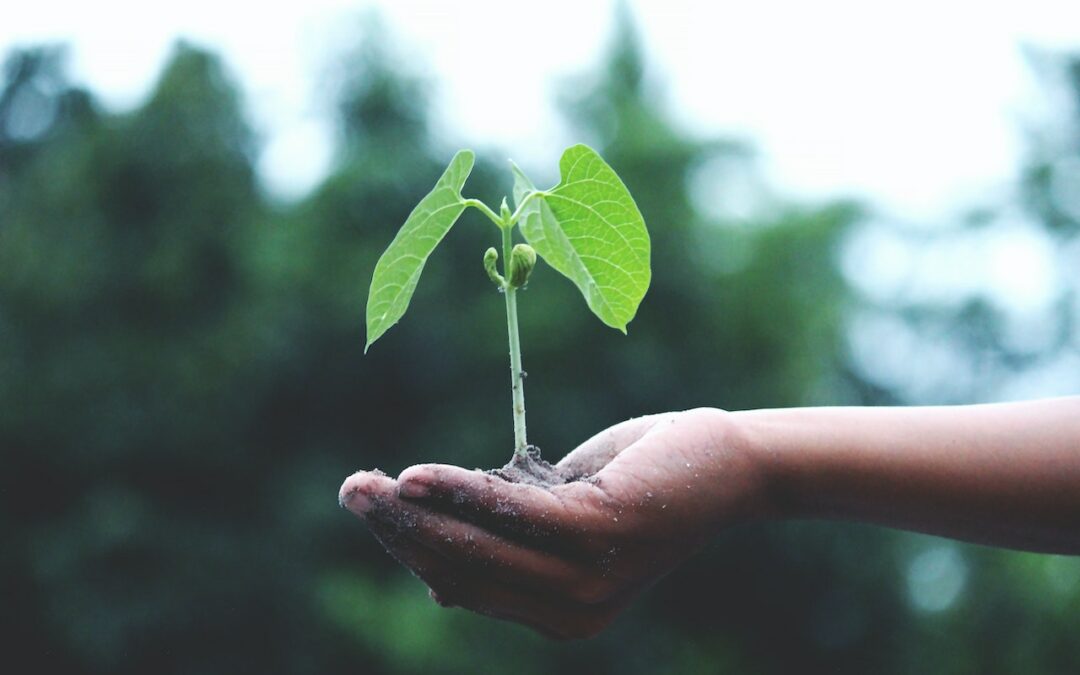
by Komoneed | Nov 24, 2023
Most of the biggest brands aren’t taking urgent action to address their environmental impacts, according to newly released data from Good On You. This report explores the environmental track records for thousands of brands big and small. Key stats based on an analysis of Good On You’s ratings for more than 5,900 brands: 81% of large […]
The post Is Fashion Making Progress on Climate Change? We Rated 5,900 Brands to Find Out appeared first on Good On You.

by Komoneed | Nov 24, 2023
The Climate Classroom @ COP28: Climate Change Negotiations and Health
jschoshinski
Tue, 11/21/2023 – 20:07
The Climate Classroom is a short interactive learning experience designed to help those attending or following climate meetings get quickly up-to-speed on important climate issues. The Climate Classroom @ COP28 will be UN CC:Learn’s 11th edition and each day throughout COP our team of experts will deliver a series of free online classes that introduce learners to a range of climate change topics – allowing delegates, professionals, and other interested parties to follow and contribute to climate discussions.
This Climate Classroom will be recorded. The recording may be featured in the World Health Organization’s new e-learning course on Climate Change Negotiations and Health hosted on the UN CC:e-Learn platform. By attending the class you consent to the video being used for this purpose.
See all Climate Classroom events here.
Teaser Text
An interactive learning experience designed to help those attending or following climate meetings get quickly up-to-speed on important climate issues.
Event Date
Thursday, November 23, 2023, 9:00
– 10:00 am EST
(2:00 – 3:00 pm UTC)
Sponsored by
UN CC:Learn
Advanced registration required
Off
External Link
Register Here
Event Format
Virtual
Image
the climate classroom.jpeg
Event Type
Webinar/Presentation
Topic
Climate Change
Health
Strategic Objective
Adaptation
Integration
Mitigation
Sectors
Climate
Health
Region
Global
Add to calendar
Add to Calendar
2023-11-21 20:26:59
2023-11-21 20:26:59
Title
Description
Location
Global Climate Change
team@climatelinks.org
UTC
public

by Komoneed | Nov 24, 2023
This post was originally published on We Build ValueL’articolo High-Speed Rail: The Trains That Will Change the USA proviene da We Build...

by Komoneed | Nov 24, 2023
Our editors curate highly rated brands that are first assessed by our rigorous ratings system. Buying through our links may earn us a commission—supporting the work we do. Learn more. Hermès is known and celebrated for its timeless creations, including the iconic Birkin bag. But how ethical is Hermès? Unfortunately, the brand is not doing […]
The post How Ethical Is Hermès? appeared first on Good On You.

by Komoneed | Nov 24, 2023
Water is the essence of life, and its responsible management is crucial for the wellbeing of humanity and our planet. As the global population burgeons and climate change intensifies, water management poses increasingly complex challenges. Among these challenges is the pressing need to decarbonise water treatment activities.
Conventional water treatment processes are often energy-intensive and can contribute significantly to a manufacturer’s carbon emissions. By embracing smart water technologies, companies can significantly reduce their carbon emissions while improving their overall sustainability performance.
Here are three ways smart water technologies can enhance an organisation’s sustainability efforts:
1. Optimising resources
Efficient resource management is at the heart of sustainability. Real-time data monitoring and analytics play a pivotal role in identifying areas for improvement. With the right digital solution, organisations can monitor their water treatment processes in real time, allowing them to make data-driven decisions that optimise resource utilisation. For example, weather forecasts can be used to optimise the operations of sewers and wastewater plants, load, as well as energy and chemicals usage, such that organisations can achieve cost savings while simultaneously reducing their environmental impact.
The merits of resource optimisation are twofold: it not only drives cost reductions, but also contributes to the curbing of greenhouse gas emissions, aligning organisations with sustainable practices.
2. Improving water treatment and conservation
Advanced analytics and artificial intelligence (AI) are game changers in every aspect of our lives, including the water industry. They enable companies to monitor and optimise water treatment processes with precision. By leveraging these technologies, organisations can prevent non-compliance issues and ensure that treated water quality remains consistently high. Moreover, smart water technologies empower businesses to manage water more effectively by identifying areas where water can be conserved, reducing wastage and supporting the preservation of this precious resource.
3. Data-driven decision-making
Data forms the bedrock of effective water management. With smart water technologies, data is transformed into actionable information for operators and managers. Key performance indicators (KPIs) can be set to provide guidance for decision-making, offering a better understanding of the plant’s operations and enabling rapid responses to water quality issues and emergencies.
By harnessing the power of data-driven decision-making, organisations can optimise their operations, improve efficiency and minimise their environmental impact.
By embracing smart water technologies, such as Veolia Water Technologies’ Hubgrade digital solution, organisations can optimise resources, improve water treatment and make data-driven decisions. The solution provides user-friendly and comprehensible data, as well as a unified platform for users to evaluate, monitor and improve process performance. By leveraging advanced technologies, like artificial intelligence and machine learning, the solution analyses data gathered from sensors that monitor the biological composition of wastewater. It can automatically fine-tune treatment parameters, such as minimising aeration or optimising chemical usage.
Image credit: iStock.com/inkoly




